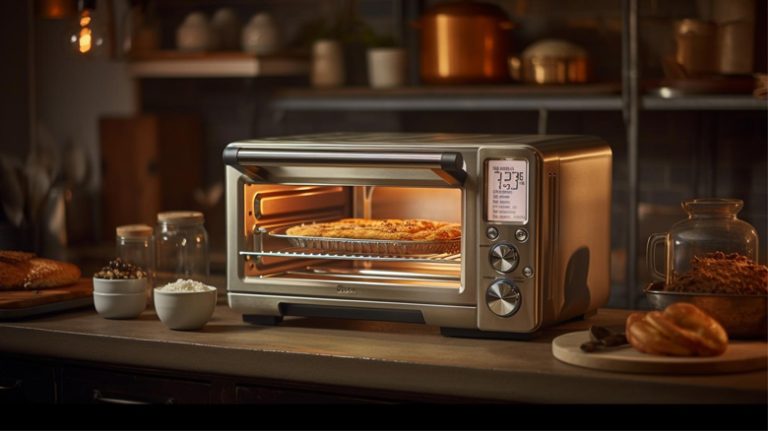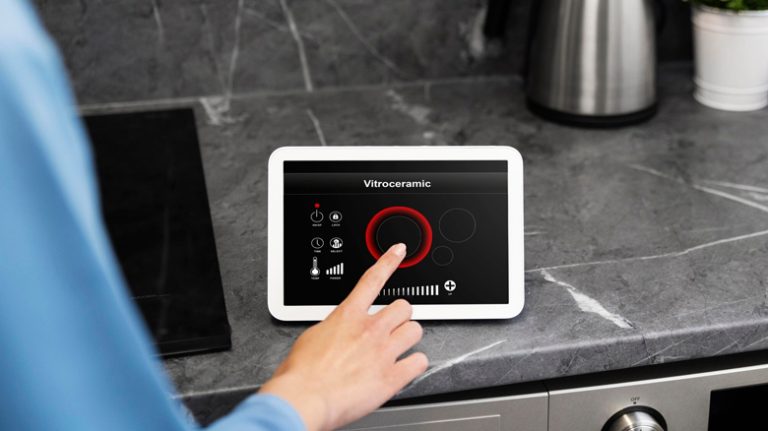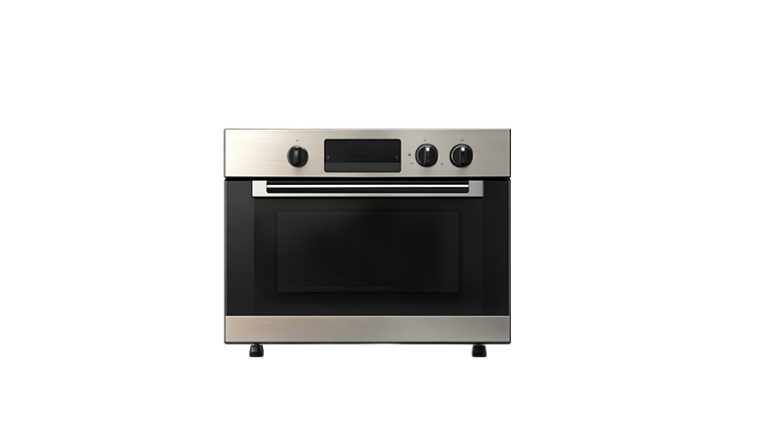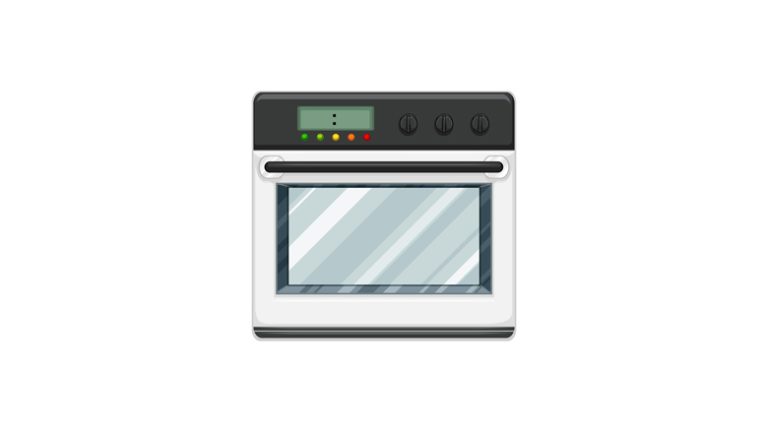LG Oven Won’t Turn On: Troubleshooting Guide to Get Your Appliance Back in Action
When your LG oven won’t turn on, it’s more than just a minor inconvenience—it’s a disruption to your daily cooking routine. Whether you’re preparing a quick weeknight meal or baking a special dish, a malfunctioning oven can throw everything off track. But don’t worry! This comprehensive guide dives deep into why your LG oven isn’t powering up, offering practical solutions, expert tips, and preventive advice to ensure you’re back to cooking in no time. We’ll explore common causes like power supply issues, faulty control boards, and defective components, while optimizing for semantic clarity and user-focused value. Let’s get started.
Why Your LG Oven Won’t Turn On: Unpacking the Problem
An LG oven that refuses to start could stem from a variety of issues—some simple, others more complex. Understanding the root cause is the first step to fixing it. Typically, the culprits include power disruptions, malfunctioning control panels, broken igniters (for gas models), or even user settings like Sabbath mode or child lock. By addressing these systematically, you can pinpoint the problem without unnecessary guesswork.
1. Power Supply Issues: Is Your Oven Getting Electricity?
Before diving into technical components, let’s check the basics. If your LG oven isn’t turning on, the issue might be as straightforward as a power failure.
- Check the Outlet: Plug another appliance (like a toaster) into the same outlet. If it doesn’t work, the outlet is likely dead. Reset the circuit breaker or replace a blown fuse in your home’s electrical panel.
- Inspect the Power Cord: Look for fraying, cuts, or burns on the cord. A damaged cord can prevent electricity from reaching the oven. If you spot damage, unplug the oven and replace the cord (consult a professional electrician for safety).
- Voltage Requirements: LG electric ovens typically require a 240V connection. If it’s plugged into a standard 120V outlet, it won’t function. Verify the setup matches your model’s specifications.
A power-related issue is often the easiest fix, so rule this out first before moving to internal components.
2. Control Panel Malfunctions: The Brain of Your Oven
The control panel is the command center of your LG oven. If it’s unresponsive or faulty, the oven won’t turn on, even if power is flowing.
- Button Responsiveness: Press a few buttons. If some work while others don’t, the touchpad might be defective. This partial functionality suggests a replacement may be needed.
- Display Check: Is the display blank or showing an error code (e.g., F9)? A blank screen could indicate a deeper issue with the electronic control board, while an error code provides a specific clue (more on F9 later).
- Reset the System: Unplug the oven or flip the breaker off for 5-10 minutes. This soft reset can clear temporary glitches in the control system.
If the panel remains dead after a reset, the control board—the circuit hub that powers all oven functions—might be fried. Replacing it requires technical know-how, so consider calling a technician unless you’re comfortable with appliance repairs.
3. Gas Oven Igniter Failure: No Spark, No Heat
For LG gas oven owners, a common reason the oven won’t turn on is a faulty igniter. This component ignites the gas to start the heating process.
- Signs of Trouble: Turn on the oven and peek inside. If the igniter glows red but no flame appears after 60-90 seconds, it’s too weak to open the gas valve. You might also hear a clicking sound without ignition.
- Testing and Replacement: Unplug the oven and shut off the gas supply. Remove the igniter (usually located near the burner) and test it with a multimeter for continuity. No continuity? It’s time for a new one. Order an LG-compatible igniter and install it carefully, following your model’s manual.
A bad igniter won’t just stop the oven from turning on—it can also cause inconsistent heating, so addressing this promptly is key.
4. Thermal Fuse or Safety Features: Hidden Protectors
LG ovens come equipped with safety mechanisms like a thermal fuse to prevent overheating. If this fuse blows, the oven won’t power up.
- Locating the Fuse: Found behind the back panel, the thermal fuse is a small, often cylindrical component. It trips if the oven overheats (e.g., after a self-clean cycle).
- Testing It: Use a multimeter to check for continuity. If it’s blown, replace it with an exact match for your LG model. Be sure to investigate why it tripped—poor ventilation or a stuck fan could be the underlying issue.
Additionally, features like child lock or oven lockout might be engaged. Check the display for “LOC” or similar indicators. To disable, press and hold the “Lock” or “Start” button for 3-5 seconds (refer to your manual for exact steps).
5. Special Modes: Demo or Sabbath Mode Mishaps
Newer LG ovens have modes that can mimic a failure to turn on if accidentally activated.
- Demo Mode: Used in showrooms, this mode powers the display but disables heating elements. Consult your manual to exit—usually, it involves a specific button sequence like pressing “Settings” and “Start” together.
- Sabbath Mode: Designed for religious observance, this mode disables lights and heating. Look for “Sb” on the display. Turn it off via the settings menu or a reset.
These modes are easy to overlook, especially if the oven is new or recently serviced, so double-check before assuming a hardware issue.
6. Error Codes: Decoding the F9 Mystery
If your LG oven displays an F9 error, it means the oven failed to reach 150°F within five minutes of preheating. This can tie into several issues:
- Gas Models: Often linked to a weak igniter or gas valve problem.
- Electric Models: Could point to a blown thermal fuse, bad relay board, or thermostat failure.
Reset the oven first by unplugging it for 10 minutes. If F9 persists, troubleshoot the igniter, fuse, or thermostat as outlined above. Persistent errors may require professional diagnostics.
Step-by-Step Troubleshooting for Your LG Oven
Ready to tackle the problem? Follow this straightforward process to diagnose and fix your LG oven that won’t turn on:
- Verify Power: Test the outlet, breaker, and cord. Ensure proper voltage.
- Inspect the Control Panel: Look for responsiveness or error codes. Reset if needed.
- Check Safety Features: Test the thermal fuse and disable lock modes.
- Examine the Igniter (Gas Only): Look for glow and flame; replace if faulty.
- Review Settings: Exit Demo or Sabbath mode if active.
- Address Error Codes: Reset for F9 and troubleshoot related components.
If none of these resolve the issue, the electronic control board or wiring may need professional attention.
Preventive Tips to Keep Your LG Oven Running Smoothly
Once your oven is back online, a little care can prevent future headaches:
- Regular Cleaning: Wipe spills and avoid self-clean cycles that strain components like the thermostat or fuse.
- Ventilation: Ensure the oven has clear airflow to avoid overheating.
- Power Stability: Use a surge protector or dedicated circuit to shield against electrical spikes.
- Manual Check: Keep your LG oven’s manual handy for model-specific guidance.
When to Call a Professional
If you’ve tried everything and your LG oven still won’t turn on, it’s time for expert help. Complex issues like a dead control board, internal wiring faults, or gas line problems require specialized tools and safety know-how. Search for certified LG appliance repair services near you, and have your model number (e.g., LRE3194ST) ready for faster service.
Extra Value: Related Oven Issues to Watch For
While fixing the “won’t turn on” problem, keep an eye out for these related concerns:
- Oven Not Heating Properly: Could signal a failing bake element or temperature sensor.
- Burners Not Working: For ranges, this might tie to the same control board issue.
- Uneven Cooking: Often linked to fan or element malfunctions, even if the oven powers on.
Addressing these early can save you from bigger repairs down the line.
Final Thoughts: Get Cooking Again with Confidence
A non-working LG oven doesn’t have to derail your plans. By systematically checking power, controls, igniters, and safety features, you can often resolve the issue yourself. This guide not only helps you fix the immediate problem but also equips you with knowledge to maintain your appliance’s longevity. Whether it’s a tripped breaker or a blown fuse, you’ve got the tools to troubleshoot effectively. Still stumped? Don’t hesitate to call in a pro. Your next delicious meal is just a fix away!




